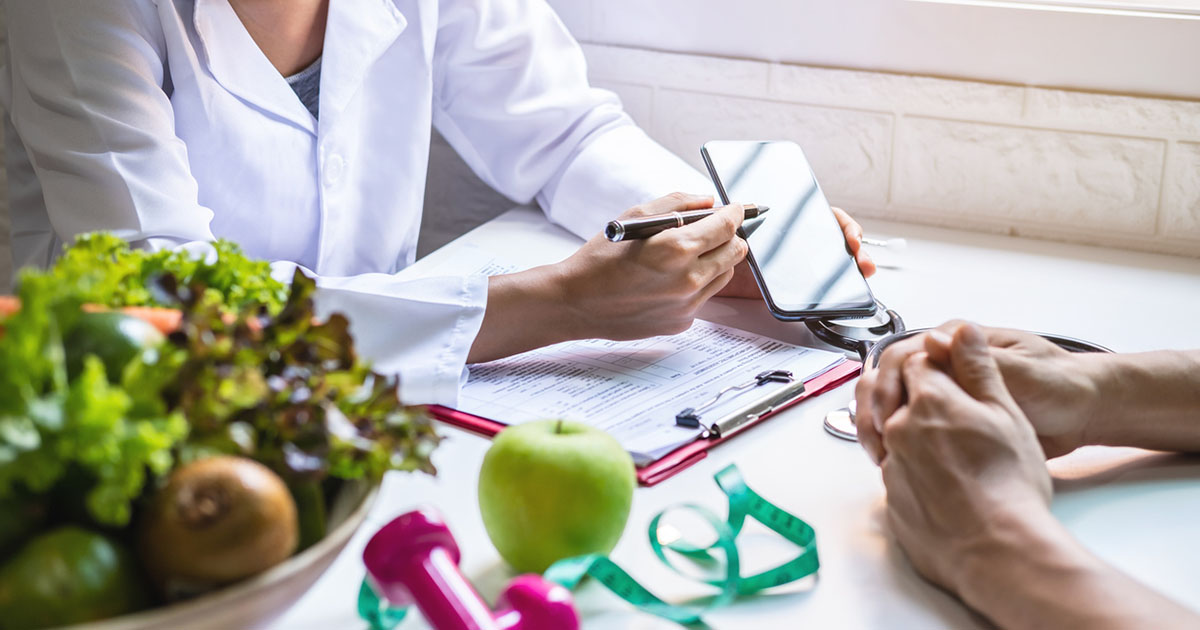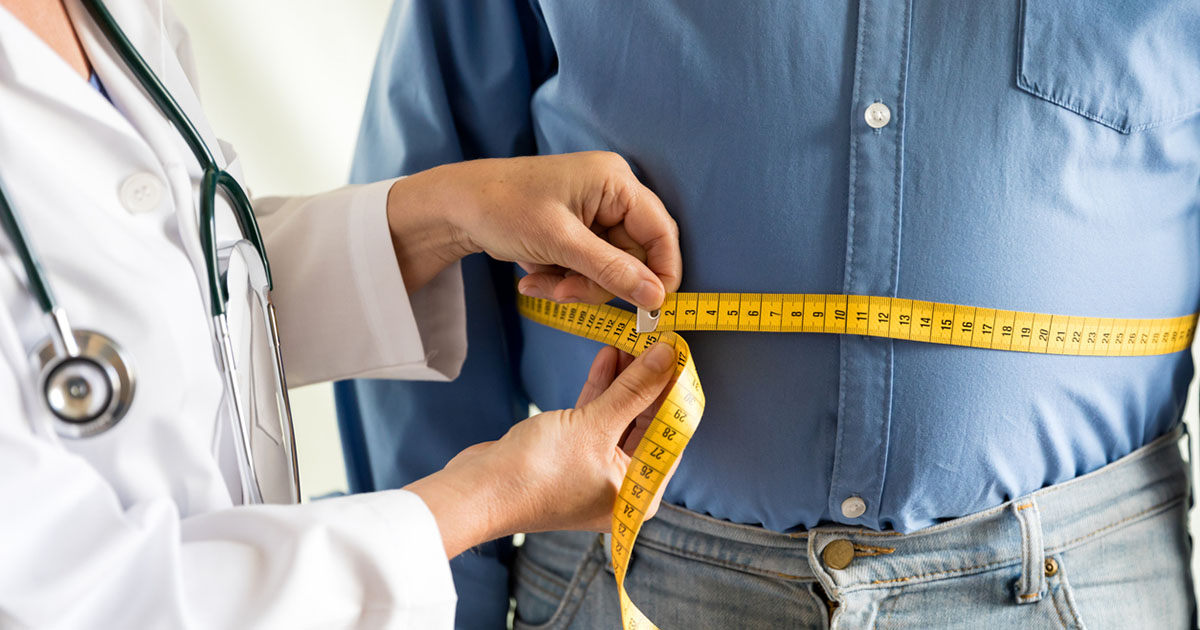It seems that diabetes has always been fertile ground for quack remedies. In 1906, Carl Von Noorden (1858–1944) wrote that:
“Diabetics are a credulous people. Experience teaches us that they are entrapped almost more easily than people suffering from any other disease by every possible fantastic advertisement which promises them a certain cure. A large industry in quack medicines supports itself on this credulity.”
This seems unfair because when Von Noorden was writing, orthodox medicine offered little except irksome and monotonous dieting. It is hardly surprising that the promise of an equal or better result by taking tablets or a liquid was irresistible to many (Young, 1967).
Secret remedies
Advertisements for diabetes cures were easy to find: during the 19th and for the first half of the 20th century the front page of newspapers (even The Times) consisted of advertisements with whole columns devoted to patent medicines. (The word patent in this context is a misnomer since to be patented the composition would have to have been divulged.)
At this time the British Medical Association and American Medical Association (AMA) campaigned against what they called “secret remedies”. These had a number of common characteristics: they were marketed with alliterative titles such as “Pink Pills for Pale People”, “Hoffman’s Harmless Headache Powders” etc. Extravagant claims were made for the number of conditions they could cure, none quite as all-embracing as those for Somos, which was said to be helpful in 158 diseases from hallucinations to hydrophobia (rabies).
The adverts were backed by testimonials from doctors and patients and accompanied by pseudoscientific mumbo-jumbo explaining their purported mode of action. Thus, the makers of Bauer’s Antidiabeticum explained that diabetes was simply “an indigestion of the severest kind, a weakening and refusal to act on the part of the nerves regulating the so-called flexus sympatheticus which causes auto poisons to pass into the blood, thus causing gradual dissociation of the blood and, therefore, deficient function of all tissues of the body” (The Propaganda Department of the Journal of the American Medical Association, 1917). The advertising blurb claimed that it would even heal amputation wounds and cure every case of diabetes unless the “poisons had got beyond a certain limit”.
“Dill’s diabetic mixture”, available by mail-order from Manchester (price 8s 3d for three bottles – around £50 today), was described as “the only known remedy for this deadly disease. No dieting is necessary.” The minimum order was three bottles because “the remedy, it is needless to say, will have to be persevered with. These are deadly diseases and must have time.” It was also said to cure all liver diseases which was important because:
“When we know that the liver is the workshop of the body; that it makes the Blood and the Bile, and the Urine, and the Sugar which the kidneys only filter out, I say, when we know this, we may be quite sure that any remedy that cures the liver benefits the whole body.”
Since diabetes was popularly believed to be a disease of the kidney, nostrums like Dill’s diabetic mixture were also promoted for Bright’s disease (chronic renal failure). Another was “Diabetol”, allegedly discovered by a civil engineer during his 20-year travels in tropical jungles. From an “absolutely reliable” native he had learned of the existence of a “herb that would cure diabetes”. When a doctor wrote to the sellers asking the botanical name of the herb, he was told:
“We have received your favor and would say in regard to our herb, that we do not know whether it has been classified botanically or not, as we only know the Indian name and location where it grows, which of course we have to keep secret to protect ourselves.”
The way to find out whether you needed Diabetol was:
“Set aside a quantity of your morning urine for 24 hours, then if found cloudy, stringly or with sediment there is something wrong and you should take a few packages of Diabetol to correct your system, thereby eliminating the invasion of diabetes or Bright’s disease.”
As the AMA pointed out, this test would be positive in a large proportion of humanity! The AMA also checked up on some of the testimonials for Diabetol. One in 1908 read, “Have gained 5 pounds in 12 days and specific gravity [of urine] lowered 13 points with a slight reduction in sugar; guess I am on the right track at last. – NCB, Mich.” When the physician was contacted he replied, “relative to the matter of Mr NCB; he died May 29th, 1909, from diabetic coma.” Similar fates befell many of the other testimonial writers.
The main ingredient of “Expurgo Anti-Diabetes”, advertised as “the only positive cure for diabetes”, was Jambul, the fruit of an East Indian evergreen tree, which Von Noorden called “a pleasant remedy and one eminently suitable for temporary use.” What the AMA objected to was that Expurgo had been the subject of editorials in two second rate medical journals The Army and Navy Medical Record and the Therapeutic Record. According to the AMA the advertising pages of the latter “reeks with nostrums and it has more than once given editorial endorsement to some of the preparations it advertises.”
When a doctor wrote asking for the formula, he was told it was “exclusively derived from the vegetable kingdom”. He was sent a list of ingredients which included Jambul, rosemary, star anise and fluid extracts of calamus, cinchonal [sic], cola, condurango and gentian. When he wrote again asking for the quantities, he was told to analyse it himself!
Another diabetes cure in the 19th century was to go to a spa such as Vichy, Neuenhaur, Homberg or Carlsbad (now the Czech town of Karlovy Vary, the favourite spa of King Edward VII of England). There is little doubt that rich people with diabetes derived great benefit from a sojourn at one of these institutions and the effect was often attributed to the alkalinity of the waters which were bottled and exported. However, Von Noorden pointed out that drinking Carlsbad water at home didn’t work and that the essential element of a spa “cure” was not the water but removal of strain, long walks and a regulated diet (Von Noorden, 1913).
A new day, a new nostrum
If all this seems vaguely familiar, it may be because so-called “cyber quacks” use exactly the same techniques. In 2006 the US Food and Drug Administration (FDA) sent warning letters to 24 firms marketing products which claimed to treat, cure, prevent or mitigate diabetes. One such product was Diamaxol, the advertisement for which now describes it as a dietary tool and an adjunct to diet and exercise (and therefore outside the authority of the FDA) (MicroNutra Health, 2009). Nevertheless, the claims for it are substantial. Thus, Diamaxol can help you:
“Support a healthy blood sugar balance;
Improve sensitivity to your own insulin;
Boost your blood glucose metabolism;
Rejuvenate your pancreas beta cells;
Relax with safe blood sugar support”
(MicroNutra Health, 2009).
Like its predecessors Diabetol and Expurgo Anti-Diabetes, Diamaxol is supported by an extensive list of testimonials from delighted users. Another web site claims that the “ingredients have been used by millions of people over thousands of years” and that “Diamaxol is much more than a bunch of mashed together herbs”. One ingredient is banaba which, according to the website, is “documented for its ability to lower blood sugar and act as a glucose transport in the blood stream. Known by some as botanical insulin” (4Diamaxol.com, 2009).
Von Noorden would doubtless be interested to know that one can even find advertisements for the benefits of alkaline water. According to one web site, “Many leading researchers have confirmed from their reasearch [sic] and experience that adoption of an alkalised lifestyle can enable you to overcome type 2 diabetes and allow you to avoid the horrible side effects and potential premature death” (Water for Health, 2009).
Finally, if your patients want to research natural cures for diabetes, why not suggest that they look up Glucobate™ on the net? Warn them that they will only get the full benefit if they click on the links …





Attempts to achieve remission, or at least a substantial improvement in glycaemic control, should be the initial focus at type 2 diabetes diagnosis.
9 May 2024